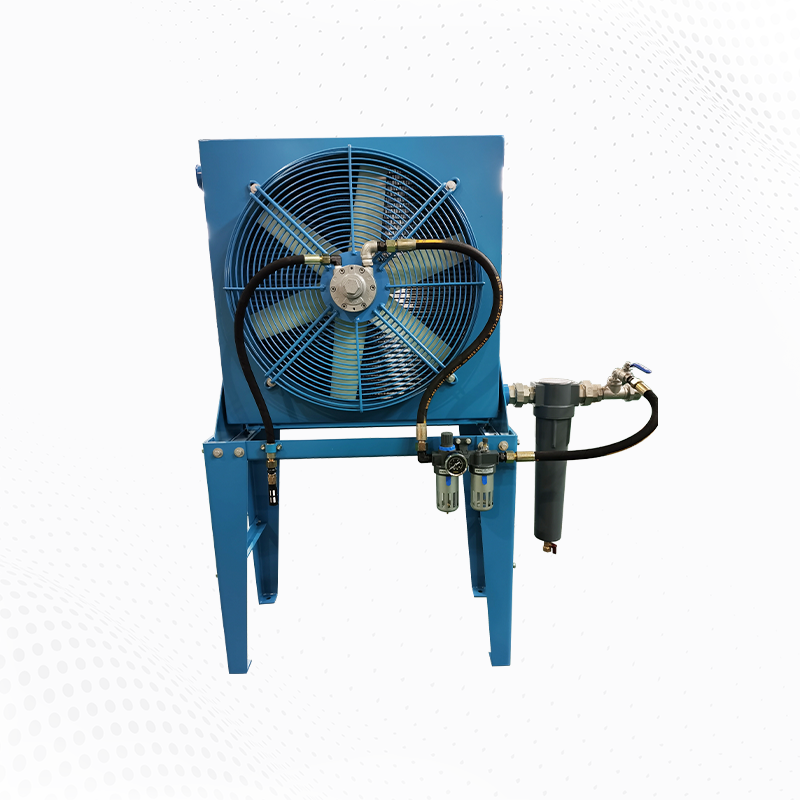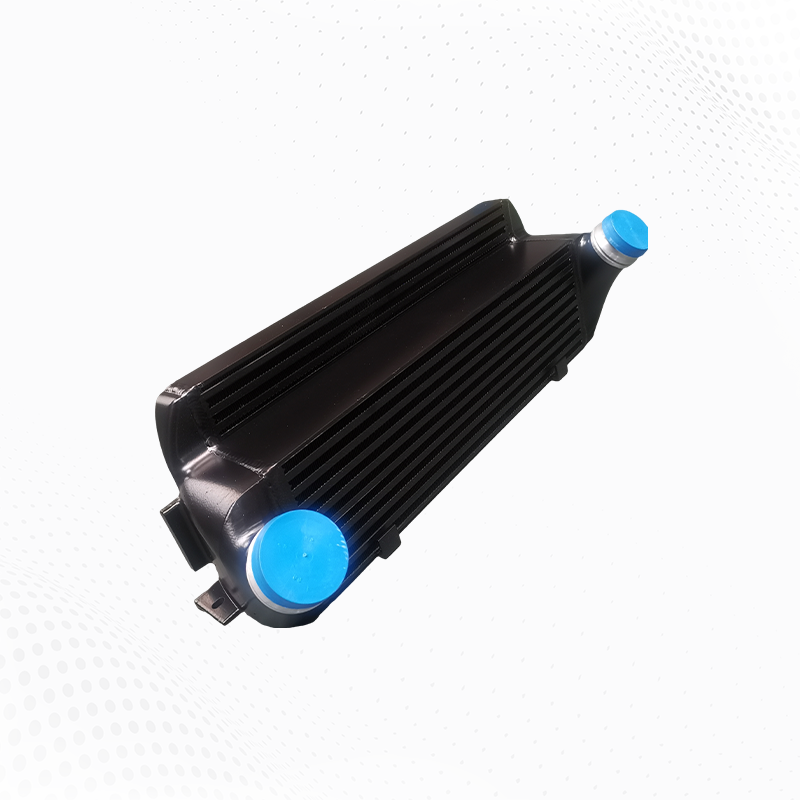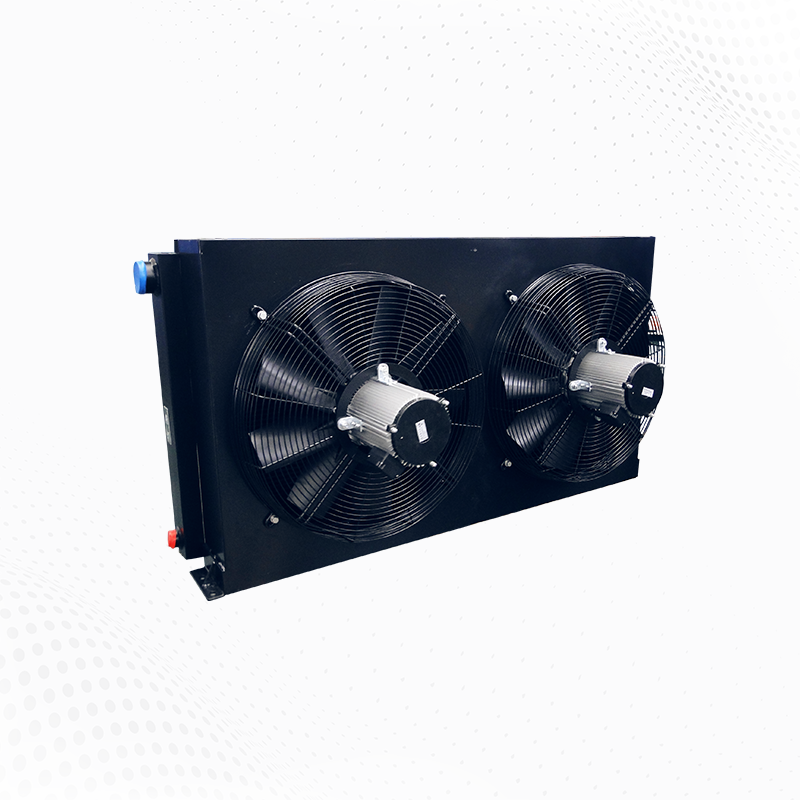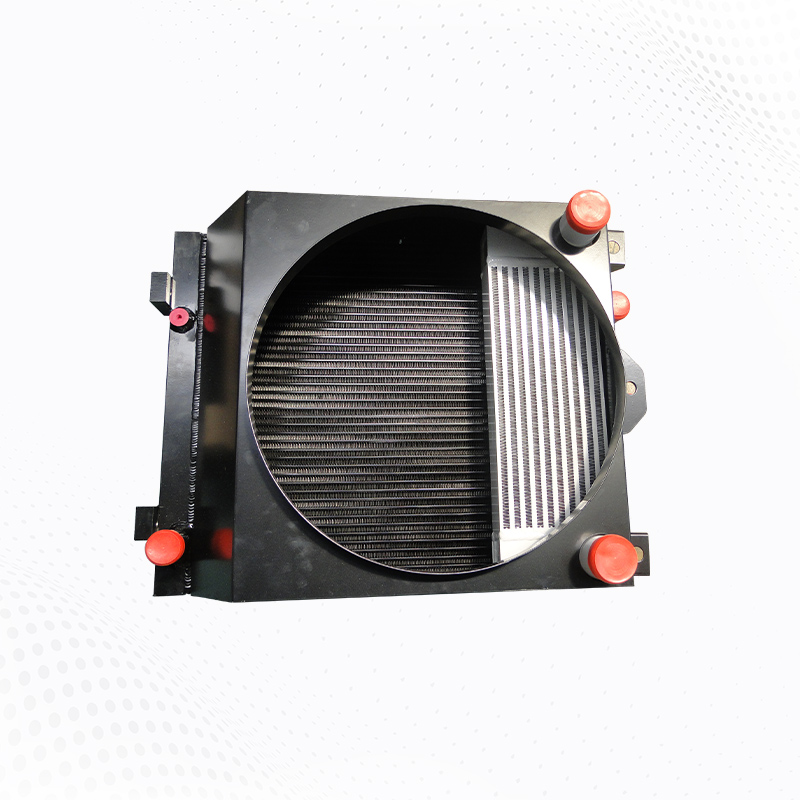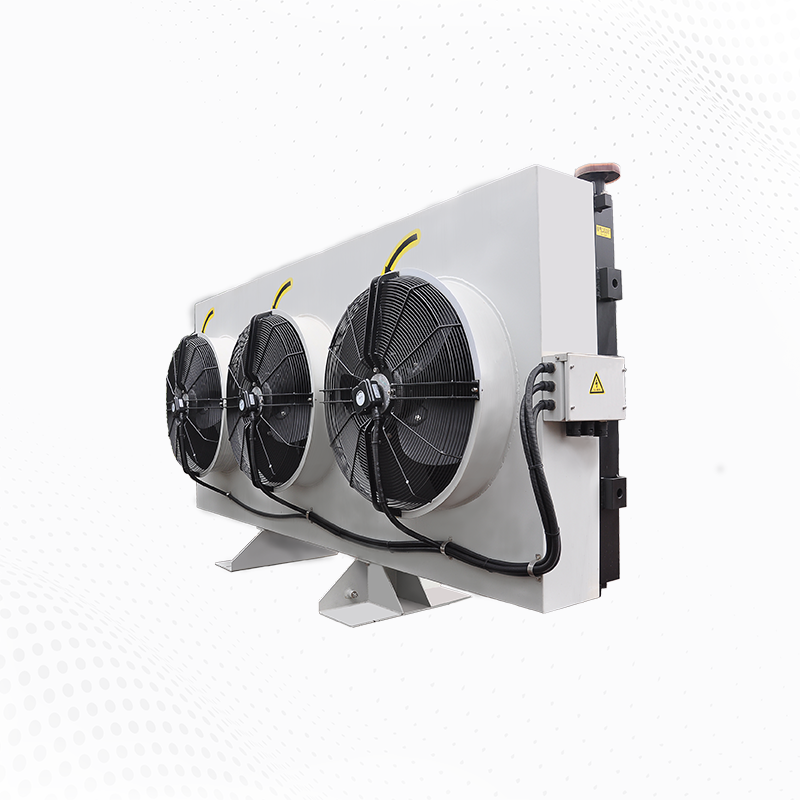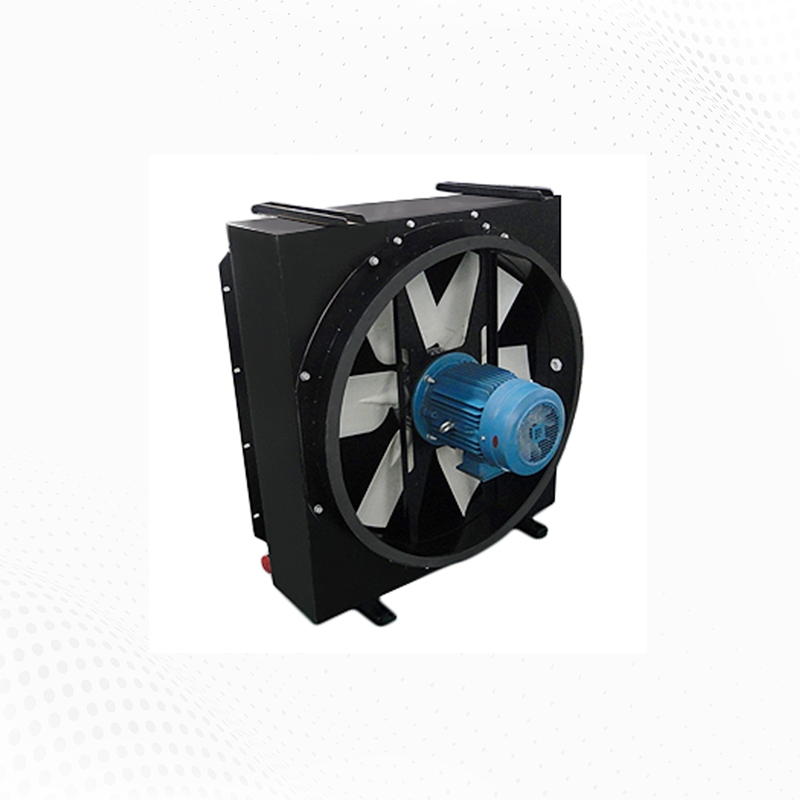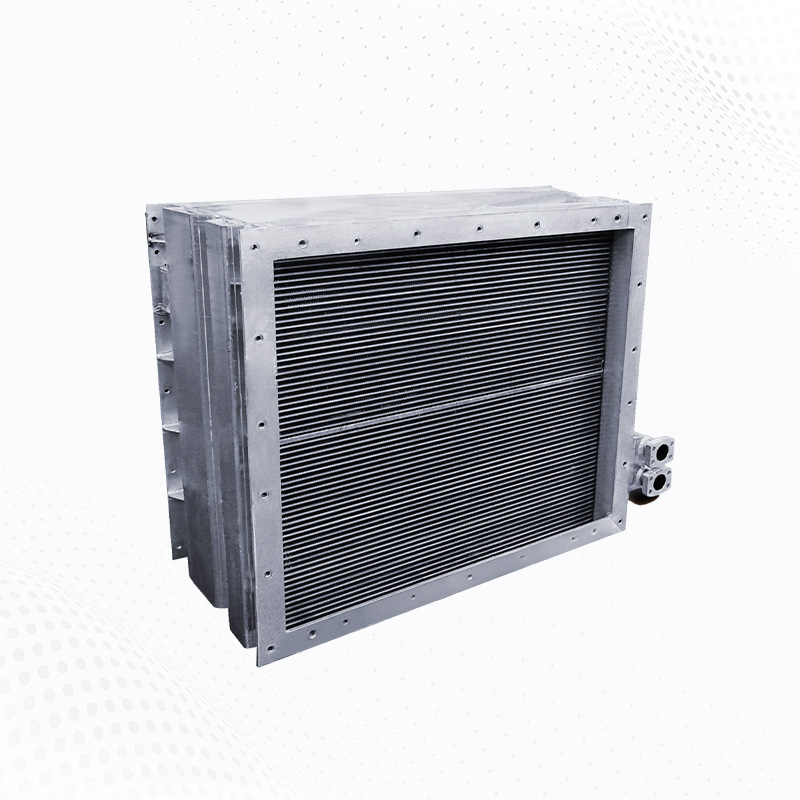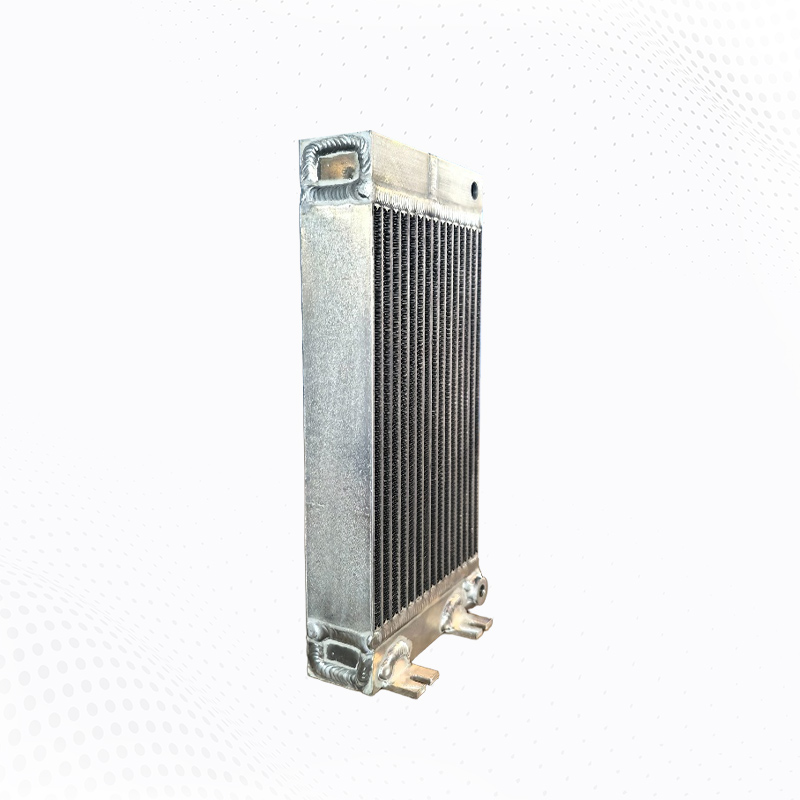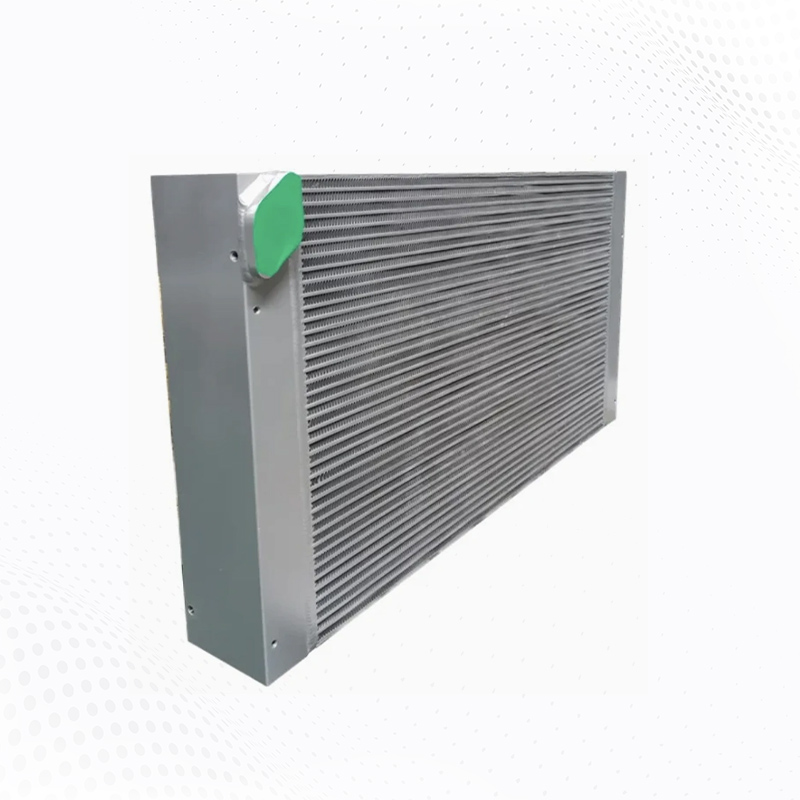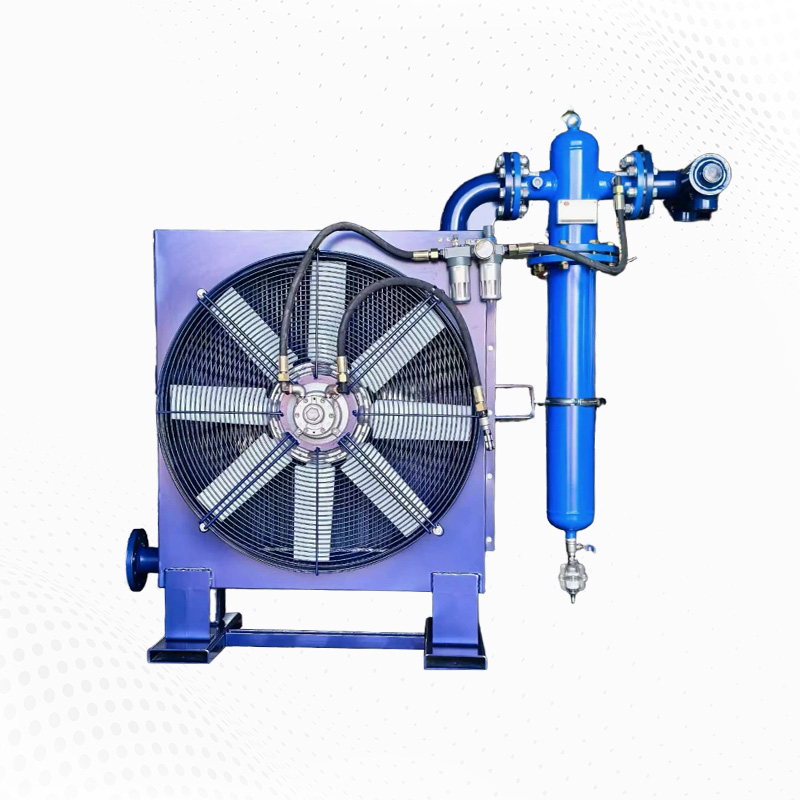Why Aluminum Plate Bar Coolers Always Beat Old-School Designs — Insights from Wuxi Yuda Engineers
As an engineer at Wuxi Yuda, I have firsthand experience with both traditional heat exchangers and modern aluminum plate fin cooler designs. Over the years, our team has observed that aluminum plate bar coolers consistently outperform older styles in terms of efficiency, durability, and ease of maintenance. In this article, I’ll share why upgrading to an aluminum plate fin cooler can make a substantial difference in vehicle and industrial applications.
Thermal efficiency: a clear advantage
The main strength of the aluminum plate fin cooler is its superior heat transfer. Traditional tube-and-fin coolers often rely on round tubes and thick fins, which limit surface area and slow down heat rejection. By contrast, an aluminum plate fin cooler uses thin, closely spaced plates and integrated fins that maximize contact between air and coolant, achieving higher thermal efficiency with lower weight.
Compact design without sacrificing performance
Old-school coolers often require bulky frames to achieve the same cooling capacity. The aluminum plate fin cooler achieves high capacity in a compact form factor. This makes it easier to fit into tight engine compartments, reduces overall vehicle weight, and simplifies installation. Fleets that upgrade to aluminum plate bar coolers often report improved packaging flexibility without compromising cooling performance.
Corrosion resistance and long-term durability
One common problem with older coolers is corrosion, especially in coastal or harsh environments. The aluminum plate fin cooler is manufactured with corrosion-resistant alloys and surface treatments that prevent pitting and galvanic degradation. Our field tests at Wuxi Yuda show that these coolers maintain performance far longer than traditional copper-brass or steel-tube coolers.
Reduced maintenance requirements
Older designs often require frequent cleaning and complex repair procedures. The aluminum plate fin cooler benefits from smooth plate surfaces and easily accessible cores, which makes routine maintenance faster and more effective. Fewer moving parts and sealed brazed cores reduce the likelihood of leaks and failures, translating to lower lifecycle costs.
Vibration and shock tolerance
Heavy-duty vehicles and industrial machines subject coolers to vibration, shocks, and mechanical stress. Traditional tube-and-fin assemblies may develop fatigue cracks at joints over time. Our aluminum plate fin cooler design uses robust plate construction and reinforced mounting points to resist vibration, prolonging operational life even in the most demanding conditions.
Enhanced airflow and optimized core design
The aluminum plate fin cooler allows for greater fin density and optimized airflow channels. This improves cooling performance while minimizing pressure drop. In contrast, older designs often compromise either airflow or thermal efficiency, forcing trade-offs that reduce overall effectiveness. At Wuxi Yuda, we use computational fluid dynamics (CFD) to fine-tune core design for maximum heat rejection in all operating conditions.
Lightweight advantage
Weight is a critical factor in vehicle performance. Traditional tube-and-fin coolers can add substantial mass. The aluminum plate fin cooler is significantly lighter, which not only improves fuel efficiency but also reduces stress on mounting points and structural components. Fleets benefit from both improved payload capacity and lower operating costs.
Ease of scalability and customization
Aluminum plate bar coolers are easily scalable to fit a variety of applications, from heavy trucks to industrial machinery. The modular nature of aluminum plate fin cooler cores allows for customization in width, height, and thickness to meet specific heat rejection requirements. Old-school designs lack this flexibility, often forcing operators to compromise on performance or retrofit space.
Field performance and real-world reliability
Wuxi Yuda has conducted extensive field trials comparing aluminum plate fin cooler units with traditional coolers. The results consistently show faster heat dissipation, stable operating temperatures, and fewer unscheduled repairs. These real-world tests validate laboratory data and confirm the advantages of aluminum plate bar coolers in practical conditions.
Environmental and cost benefits
Aluminum plate bar coolers also contribute to sustainability. Aluminum is fully recyclable, and improved thermal efficiency reduces energy consumption for cooling fans or pumps. Over the lifetime of a vehicle or system, replacing old coolers with aluminum plate fin cooler units can yield substantial cost and environmental savings.
Summary of advantages
Higher thermal efficiency compared to traditional tube-and-fin designs.
Compact, lightweight structure for easy installation and reduced weight.
Corrosion-resistant materials extending operational life.
Lower maintenance requirements and fewer leaks.
Vibration and shock-resistant construction.
Customizable core sizes for a variety of applications.
Improved fuel efficiency and reduced operational costs.
Final engineer insights
From both laboratory testing and field experience, it’s clear that aluminum plate fin cooler designs consistently outperform old-school tube-and-fin coolers. Upgrading to aluminum plate bar coolers ensures better thermal management, lower maintenance, longer durability, and significant cost savings. For truck owners and industrial operators, investing in a modern aluminum plate fin cooler is a strategic decision that pays dividends over time.
At Wuxi Yuda, we continue to innovate and refine aluminum plate fin cooler technology to meet evolving industrial and automotive cooling demands, ensuring every customer gets reliable, high-performance solutions.


